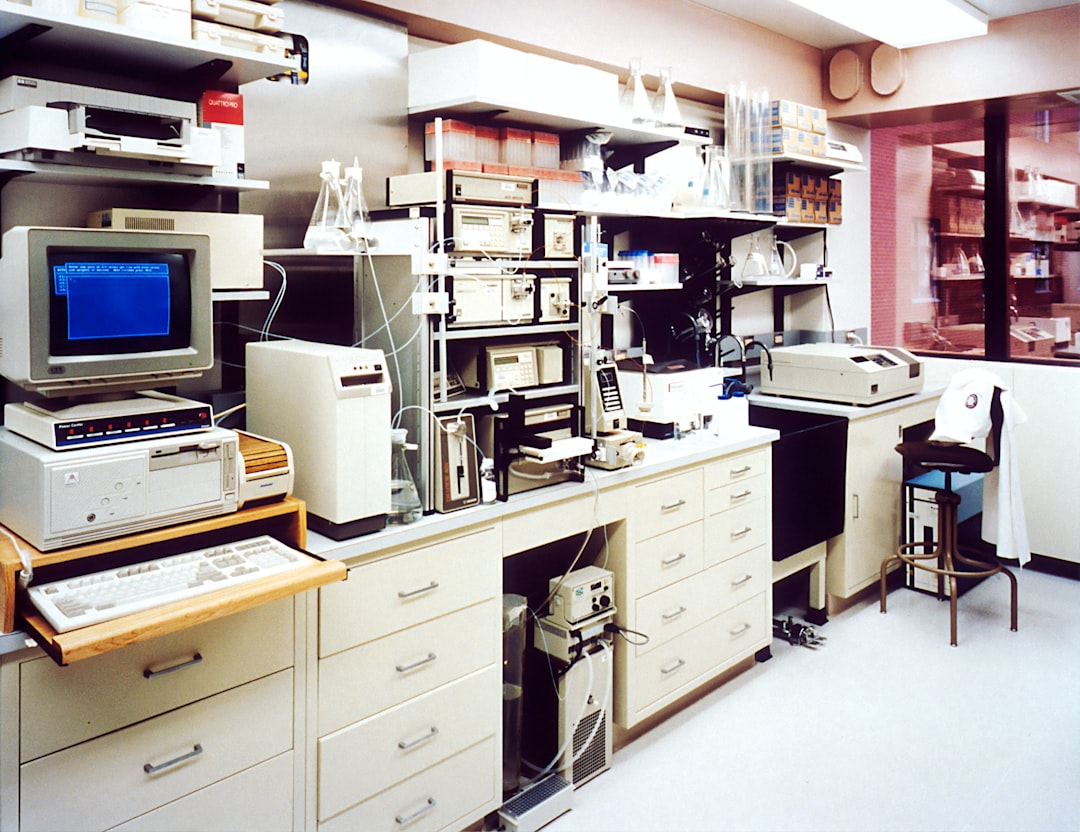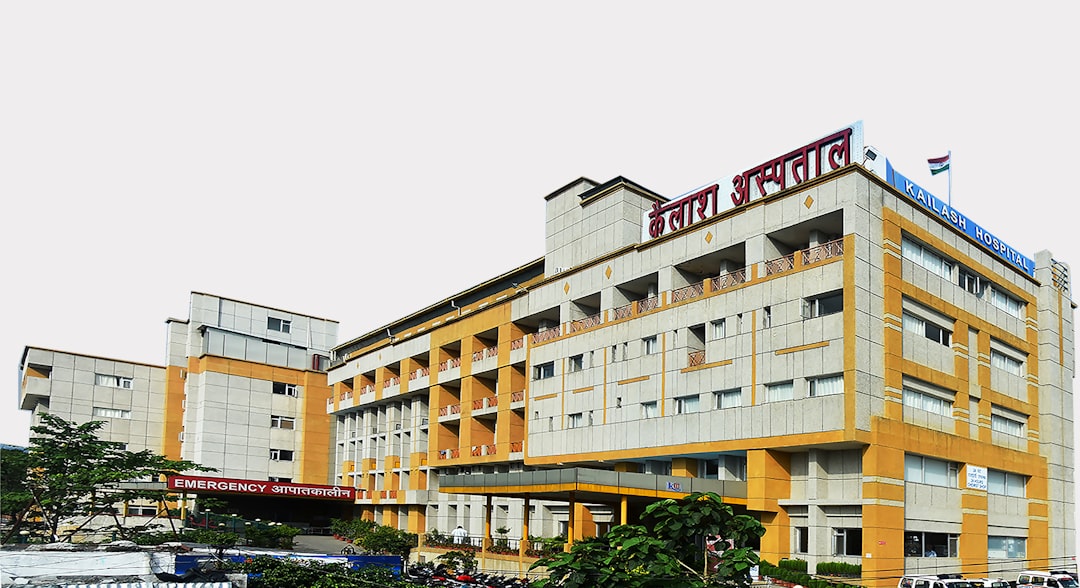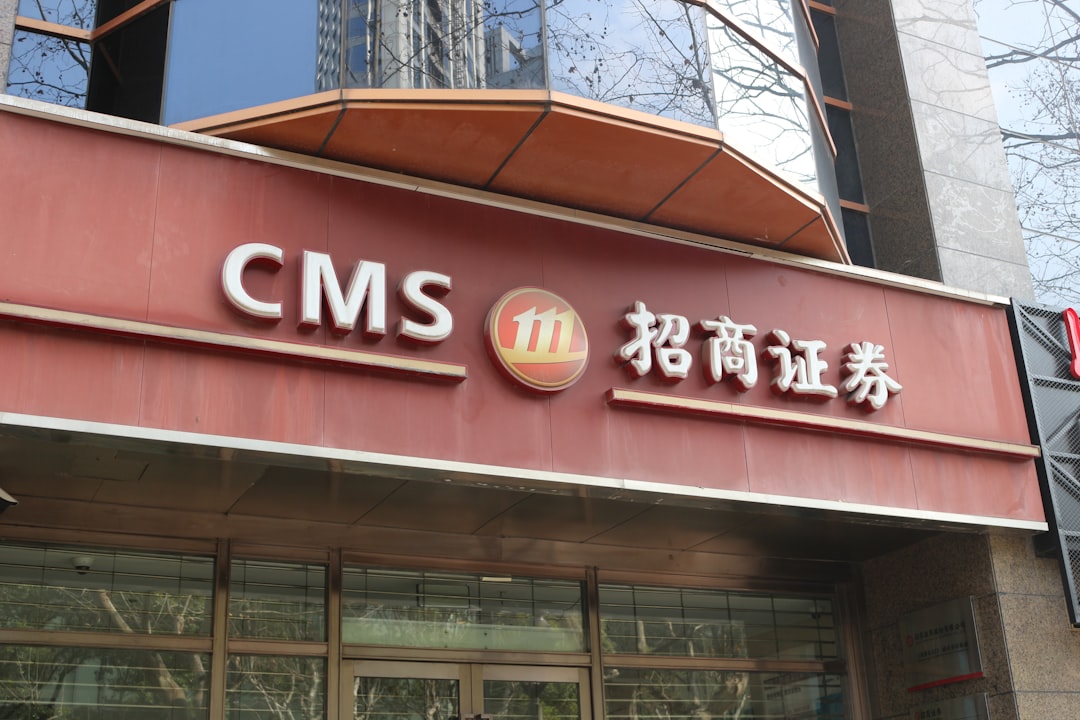

Engage prospects with a scan and streamline customer engagement with FREE QR code marketing tools by Sona – no strings attached!
Create a Free QR CodeFree consultation

No commitment

Engage prospects with a scan and streamline customer engagement with FREE QR code marketing tools by Sona – no strings attached!
Create a Free QR CodeFree consultation

No commitment
As healthcare organizations evolve to keep pace with digital transformation, medical case management services face mounting obstacles bridging online and offline patient engagement. It is common for high-value feedback and patient signals to slip through the cracks: printed brochures, stationery, and manual surveys can cause missed opportunities to track real patient needs or follow up with timely care. Leaders in care management struggle with gaps in patient feedback caused when analog processes fail to capture key data, often leading to unanswered concerns, lost improvement potential, and a reactive rather than proactive approach to care.
QR codes have swiftly moved from a niche novelty to a pivotal tool for overcoming these challenges. Their ability to connect physical touchpoints with digital experiences means patients no longer have to fill out paper forms that rarely reach case managers in time, or manually follow unclear processes after discharge. QR codes enable frictionless connections: a single scan allows a patient to instantly share feedback, access tailored resources, or request support, helping case managers identify who is engaging and when key follow-up opportunities arise.
By weaving QR codes into case management strategies, organizations gain real-time insights that enable action before patients’ needs go unmet or concerns escalate. HIPAA-compliant platforms like Sona QR’s product overview can now link each scan event to a patient profile, automating secure data collection and eliminating the silos that cause fragmented information. This guide explores actionable strategies and expert best practices for using QR codes to gather patient feedback, highlighting the pain points they address and the ways top healthcare services use them to drive engagement, compliance, and measurable improvement.

Medical case management services have long relied on outdated paper surveys, repetitive follow-up calls, or on-site interviews with low response rates and delayed feedback. This lag can leave case managers unaware of critical issues or satisfaction gaps, delaying interventions and reducing opportunities to proactively improve care. QR codes streamline feedback collection across the entire care journey, allowing insights to be gathered instantly and at scale.
Start by mapping where feedback is most valuable in your process: post-visit impressions, care transition checkpoints, and follow-up on educational materials. Replace analog processes with QR-enabled workflows that reduce friction and shorten time to insight. When QR codes connect patients to short, mobile-friendly forms that pre-fill known fields, completion rates typically rise and case managers get alerts within minutes rather than days.
Technology now automates feedback collection and securely channels the data directly into care management systems, reducing manual labor, eliminating delays, and ensuring vital feedback is never lost in the shuffle. With automated alerts, triage queues, and follow-up templates, your team can act quickly on signals that previously sat in a stack of paper or a call center backlog.

Medical case management teams often struggle with a lack of visibility into patient engagement, especially when feedback is anonymous or never reaches the right team member. This can result in high-value opportunities going undetected when patients choose not to fill out forms or engage through traditional means. QR codes address these persistent challenges by turning every physical interaction into a measurable digital moment.
QR codes also reduce barriers for patients. No app downloads are required, instructions are simple, and scans resolve immediately to task-specific destinations such as a post-discharge check-in form or a care transition checklist. The combination of speed, clarity, and accessibility helps case managers capture insight at the exact moment it is most useful. For context on healthcare adoption, see this overview of QR-driven patient engagement.
Pressure to deliver personalized and timely engagement has led care management teams to rely on QR solutions to illuminate patient experiences previously left in the dark. When combined with robust analytics and automated follow-up, QR codes enable a shift from reactive reporting to proactive service recovery and continuous improvement.

Selecting the right QR code format is crucial, as fragmented or poorly designed touchpoints can worsen data gaps and frustrate patients. The format you choose should align with the action you want a patient to take, and the destination should be mobile-first, secure, and accessible.
In medical case management, the most effective formats steer patients to secure forms, service requests, or protected resources. Dynamic QR codes are especially valuable because they can be edited without reprinting and tracked for performance by channel, location, and time.
When dynamic QR codes are deployed, organizations can swiftly pivot feedback campaigns or update information sources to match evolving patient needs. You can A/B test survey length, rotate resources for different diagnoses, or redirect codes temporarily during system outages without wasting printed materials.

Many healthcare organizations lose high-fit engagement opportunities because they rely on generic outreach or fail to adapt to where and how patients actually interact. Identifying opportunities for QR code integration means examining every moment where valuable signals are present but not captured. The best candidates are high-volume, high-friction interactions that can be simplified and made measurable with a scan.
Start with your patient journey map. Look for steps that currently depend on paper or verbal instructions, then replace or augment them with QR-enabled workflows. The goal is to transform static materials into interactive bridges that route patients to the next best action while providing your teams with real-time visibility.
By thoughtfully placing QR codes in the places where patients make decisions or feel uncertainty, you convert hesitation into action. Over time, these touchpoints compound into a robust dataset that highlights bottlenecks, uncovers unmet needs, and informs continuous improvement initiatives.

Use cases that succeed in medical case management share common traits: they reduce friction, offer clear value to the patient, and feed actionable data back to teams. When deployed with privacy and accessibility in mind, QR codes can elevate both patient experience and operational performance.
Below are high-impact examples that align with common patient interactions and care management needs. For each, ensure that destinations are mobile-optimized, secured via HTTPS, and mapped to a specific follow-up workflow.
When these use cases are instrumented with analytics, teams can quantify outcomes such as lift in feedback volume, reduction in time to response, and improvement in adherence rates. Even modest gains at each touchpoint often translate into meaningful improvements in overall patient outcomes and program efficiency.
Each QR code scan is a signal that carries context: where it happened, when, and what the patient hoped to accomplish. By deploying multiple codes across the patient journey, you can segment audiences automatically and tailor follow-up with precision. This approach is particularly effective in care management, where timing and personal relevance drive engagement.
Begin by defining your lifecycle stages: pre-visit, visit, post-visit, and extended follow-up. Assign a unique QR code to each stage and use metadata to tag scans by location, diagnosis group, language, or care pathway. Over time, you will build audience segments ready for targeted education, coaching, or service recovery actions.
With a platform that supports tagging and integration, each QR scan becomes a smart entry point into your engagement engine. Teams can retarget patients who started but did not complete a form, invite high-intent patients to a telehealth session, or escalate cases that trigger high-risk indicators, guided by Sona’s Playbook titled Intent-Driven Retargeting: Driving High-Impact Campaigns with First-Party Intent Signals.
The risk of fragmented data across print assets, domains, or software platforms often leads to lost signals and disjointed patient experiences. QR codes serve as connective tissue, linking the physical world to your digital stack and ensuring every engagement is measurable and attributable.
To maximize value, pair QR deployment with coordinated messaging across channels. Ensure that print calls to action mirror language in emails or patient portal notifications, and route scans to landing pages that reflect the same service or program. Consistency builds trust, and trust boosts completion.
Integrating QR codes across channels also unlocks a new layer of attribution. By standardizing UTM parameters and routing all QR traffic through a single platform, you can compare scan volume, completion rates, and downstream outcomes by channel and asset.
Thoughtful planning ensures that your QR code initiative delivers measurable impact, not just a new barcode on a brochure. The following steps help teams align use cases with outcomes, design for accessibility, and set up the right infrastructure to track and optimize results.
Begin with a single priority use case, then expand to adjacent touchpoints as you learn. Keeping scope focused in early pilots helps teams refine content, experiment with placements, and build internal confidence.
Clarify the core engagement objective: plug gaps in post-visit feedback, surface patient-reported outcomes rapidly, or prompt next steps before concerns turn into complications. Align the use case with a clear business outcome such as reducing readmission risk for a specific cohort or increasing completion of follow-up forms within 48 hours.
Choose dynamic codes for campaigns where destinations or content may change. Static codes are better for evergreen resources like clinician directories or general education pages. Dynamic, trackable links allow for edits, A/B testing, and detailed analytics.
Create codes that are easy to scan and understand. Add your logo or brand colors within scannability guidelines, and use a high-contrast frame. Place a short, benefit-driven CTA directly beneath the code so patients know exactly what to expect.
Map the patient journey and prioritize deployment where the risk of data loss or confusion is highest. Layer QR touchpoints so a missed scan in one step can be captured in another.
Instrument campaigns with analytics and feedback loops. Monitor scan volume, completion rates, and time-to-response, then make incremental improvements to CTAs, form length, or placement.
With a structured, iterative approach, your QR program evolves from pilot to standard practice. Over time, your organization will build a library of proven placements, templates, and workflows that consistently produce reliable patient feedback and actionable insights.
Siloed, incomplete engagement data is a common issue in medical case management, leading to uncertainty around what is working and what is not. QR-enabled workflows modernize tracking by creating a clean, measurable bridge from scan to submission to action. The result is clearer attribution and faster feedback cycles that support both patient experience and clinical goals.
Start by identifying the metrics that matter: scan rate by placement, conversion to form completion, time-to-staff review, and closed-loop resolution time. Then connect these operational metrics to patient outcomes such as reduced readmissions, increased adherence, and improved satisfaction scores. When the full chain is visible, case management leaders can prioritize investments with confidence.
New tracking solutions ensure that no meaningful engagement signal gets overlooked. When analytics inform rapid adjustments in content and placement, QR campaigns move from experiments to strategic levers that consistently support patient-centered care.
Scaling QR impact is as much about process and culture as it is about technology. Educate teams, standardize playbooks, and keep an experimentation mindset so your program continuously improves. Small refinements in language, timing, or placement often produce disproportionate gains in engagement and data quality.
Focus on consistency. Use standard QR styles, clear CTAs, and a predictable set of destinations so that patients build familiarity with your approach. Consistency reduces confusion and makes it easier to isolate the variables that drive better performance.
A disciplined yet creative approach will yield steady gains. Over time, your analytics will reveal where QR deployments have the greatest impact and where to focus for the next wave of improvements.
Healthcare case management organizations have witnessed the downside of relying on legacy methods: missed high-value interactions, untracked feedback, and slow responses to emerging issues. QR-enabled programs show how to reverse these patterns by embedding clear next steps into the materials patients already use. For additional context, this healthcare marketing white paper%20(1)%20(1).pdf) highlights the resurgence of QR codes in healthcare.
The most effective programs blend strong CTAs, mobile-first destinations, and rapid follow-up. They also treat every scan as a signal worthy of action, using service recovery workflows to address concerns before they escalate, and recognition workflows to celebrate wins and reinforce desired behaviors.
Case management leaders observed that QR code integration streamlined follow-up and made relevant feedback instantly actionable. Insights once buried in paper or phone logs now flow into dashboards and workflows that support timely, personalized care.
Sustained success with QR codes requires mindful design, transparent privacy practices, and continuous improvement. Avoid treating codes as decoration; they must always be paired with clear value and a concise expectation such as Scan to request a callback within 2 hours or Scan to confirm your visit in 10 seconds.
Be vigilant about accessibility and trust. Provide alternatives for patients without smartphones, include language options, and offer a visible privacy statement near each code. These steps reduce reluctance and support equitable participation across your patient population.
With careful execution, QR code strategies prevent fragmented data, boost actionable feedback, and foster a more agile, patient-centered approach to case management. The combination of intentional design and responsive optimization ensures your program continues to deliver value as patient needs evolve.
QR codes have emerged as a transformative force in medical case management services, bridging long-standing gaps between patient experience and actionable insight. By streamlining data collection, surfacing real-time engagement signals, and connecting every touchpoint with centralized case management systems, these solutions help teams overcome pain points like missed feedback, delayed outreach, and fragmented records. When deployed thoughtfully, QR-powered workflows foster more proactive, coordinated care, driving improvements not just in operational efficiency but in trust and patient outcomes.
Getting started can be as simple as instrumenting one high-impact touchpoint with a dynamic, trackable code and a concise CTA. From there, integrate scan data into your existing systems, automate follow-ups, and expand to adjacent moments in the journey. Tools like Sona QR make it easy to generate, manage, and measure codes at scale, while platforms like Sona.com help connect scan activity to broader engagement and outcomes. Start creating QR codes for free.
QR codes have revolutionized medical case management services by turning patient feedback collection into a seamless, efficient process that drives better care outcomes. Beyond simply gathering insights, QR codes empower case managers to enhance patient engagement, streamline communication, and continuously improve service delivery through real-time data. Imagine instantly capturing precise feedback from patients and providers, enabling timely interventions that elevate satisfaction and treatment success.
With Sona QR, you gain the ability to create dynamic, trackable QR codes that can be updated on the fly without reprinting, ensuring your feedback campaigns stay relevant and effective. Every scan connects directly to actionable insights, helping you optimize workflows and demonstrate measurable improvements in patient care coordination. Start for free with Sona QR today and transform every scan into a critical step toward superior medical case management.
Medical case management services improve patient outcomes by using digital tools like QR codes to capture real-time patient feedback, enable timely follow-up, and support proactive care interventions that address patient needs before concerns escalate.
QR codes in healthcare bridge physical and digital touchpoints, streamline feedback collection, reduce patient friction, enable real-time data capture, improve communication, support secure data integration, and allow healthcare teams to act promptly on patient signals.
Medical case management services reduce healthcare costs by enabling earlier detection of patient issues through timely feedback, decreasing readmissions, lowering manual labor through automated workflows, and improving adherence and follow-up that prevent costly complications.
Best practices include defining clear use cases and measurable goals, selecting appropriate dynamic QR code formats, designing accessible and easy-to-scan codes with clear calls to action, deploying codes strategically along the patient journey, training staff to support adoption, and continuously tracking and optimizing engagement using analytics.
They enhance communication by using QR codes to enable quick, secure access to surveys, appointment scheduling, contact information, and support requests, allowing patients to share feedback or seek help instantly while case managers receive timely alerts to respond effectively.
Use Sona QR's trackable codes to improve customer acquisition and engagement today.
Create Your FREE Trackable QR Code in SecondsJoin results-focused teams combining Sona Platform automation with advanced Google Ads strategies to scale lead generation

Connect your existing CRM

Free Account Enrichment

No setup fees
No commitment required

Free consultation

Get a custom Google Ads roadmap for your business






Launch campaigns that generate qualified leads in 30 days or less.
